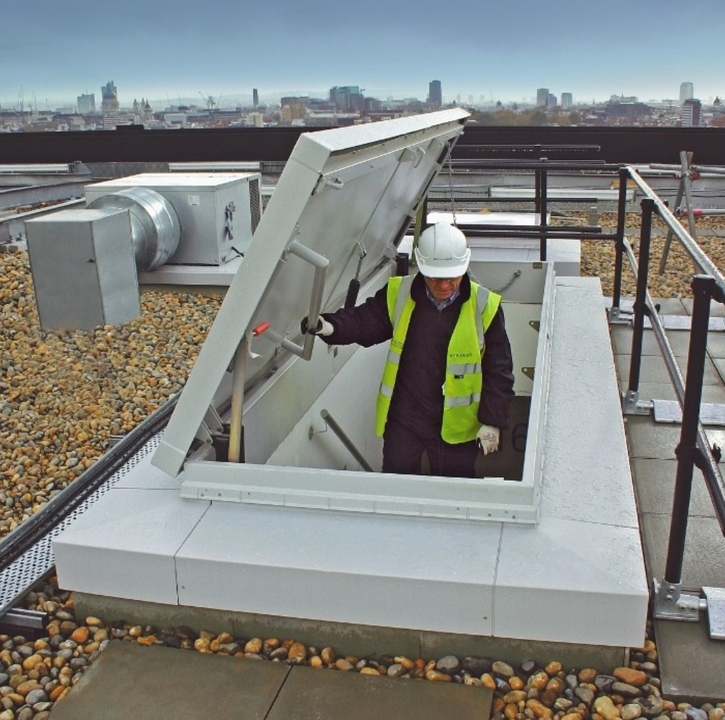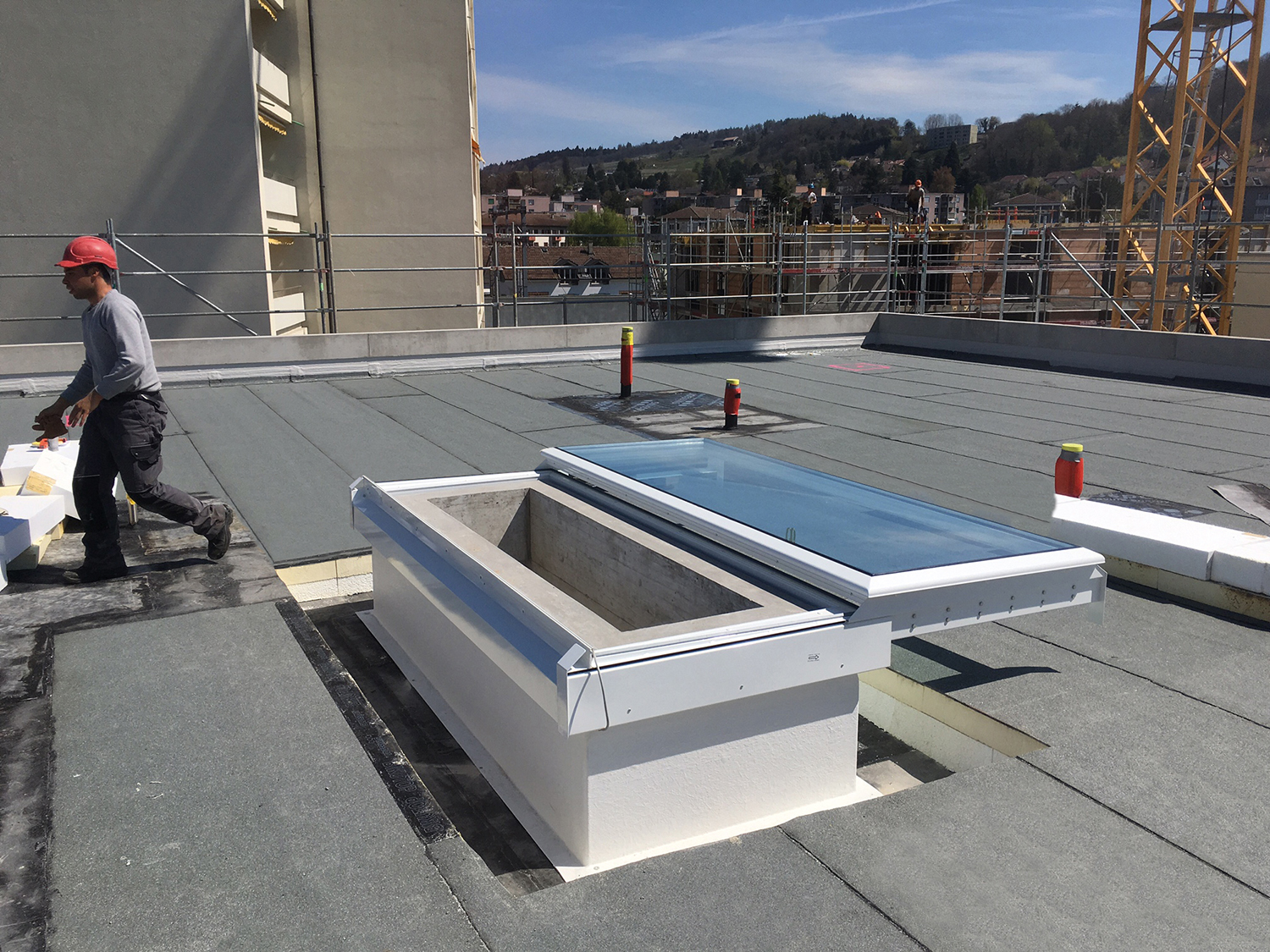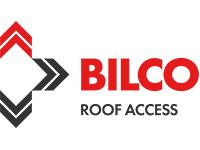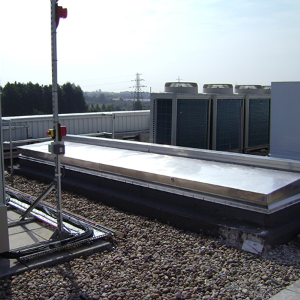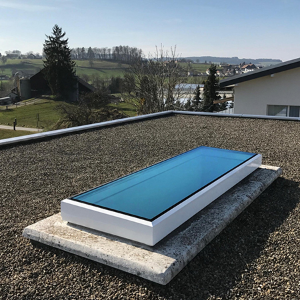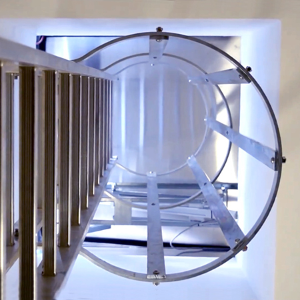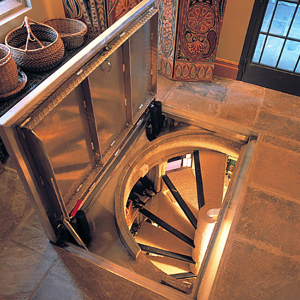When choosing roof access hatches for commercial or residential projects, there are a number of factors that must be addressed at the initial design stages in order to not only achieve a successful specification, but also deliver safe and sufficient access for the entire lifecycle of the building. Here Tony Stevens, Technical Estimator at Bilco UK, discusses which factors should be taken into consideration when selecting Roof Access Hatches:
1) Purpose for access
Whether for the education, healthcare, leisure or commercial sectors, roof access hatches are required to provide permanent and secure access to the roof area. In order to make sure you’re choosing the correct system to meet your project’s unique requirements, you must first identify the main reason for requiring access to the roof.
Is it purely for maintenance reasons? Or will a safe means of access also be required for the regular installation or removal of equipment from the roof?
Here you should also identify what tools and equipment will need to be transferred through the access hatch, or whether it will just be the individual themselves that is conducting the necessary work.
2) Frequency and product specification
Once you have established your reason for requiring safe access to the roof, you will then be able to make an informed choice regarding which roof access hatch and corresponding ladder system is best suited to meet the needs of your project.
It is important to specify the correct Roof Access Hatch and Ladder combination to ensure that access from the ladder, through the roof access hatch, is as safe as possible.
For example, a small roof access hatch should be accessed via a fixed vertical ladder, which is also the most suitable option for projects where space is limited. Alternatively, if you use a companionway ladder or a retractable ladder, the roof access hatch length must be extended to around 1500 mm in order to provide for easy and safe access.
However, here it should be noted that a minimum head clearance of 120mm is required and that the maximum single climb is no more than three metres, in accordance with BS4211-7.2.
Regardless of the size of the roof access hatch, the system should be operated easily and safely with one hand, in accordance with the requirements outlined within the Manual Handling Regulations, enabling the individual to maintain three points of contact with the fixed ladder.
During the installation process, the ladder must be positioned opposite the hinge to ensure safe and unobstructed access.
If access to the roof is required on a regular basis for professionals that will have to transfer tools and equipment through the hatch, a Fixed Staircase Roof Access Hatch, also known as a Service Stair Roof Access Hatch, should be specified with a Companionway Ladder or a Fixed Staircase.
It should here be noted that the roof hatch must be sufficient to maintain a head clearance of 2000mm, as detailed in Building Regulations Part K.
3) Bespoke requirements
To ensure all the criteria are successfully met, you should also consider whether a custom made roof access hatch should be chosen to ensure each of these areas is adequately fulfilled.
This includes options such as Bilco UK’s SKY Flatglass, which functions as both a Roof Access Hatch or a Smoke Ventilator, and is supplied with a clear, translucent lid to enable natural daylight into specific areas of the building, without impeding the functionality and accessibility of the hatch.
Increased access opening sizes or double leaf configurations should also be explored where access is required for larger items of equipment or tools. Motorised options also allow the individual to safely maintain contact with the ladder when entering or exiting the hatch.
By working closely with a manufacturer at the initial stages of a project, you can ensure that each of these important factors have been adequately considered and catered for.
Regardless of the project type, all installations should be subject to individual Risk Assessments. Comprehensive training should also be provided for all professionals, supported by Method Statements regarding safe and correct use of the access solutions installed.
Three things to consider when specifying Roof Access Hatches [BLOG]
| T | 01284 701 696 |
|---|---|
| 01284 701696 Tech Dept. | |
| F | 01284 702 531 |
| E | bilcouk@bilco.com |
| W | Visit Bilco UK's website |
| Fornham Business Court, Hall Farm, Fornham St. Martin, Bury St. Edmunds, Suffolk, IP31 1SL |
Products by this Company
Categories
Access ladders Roof ladders

